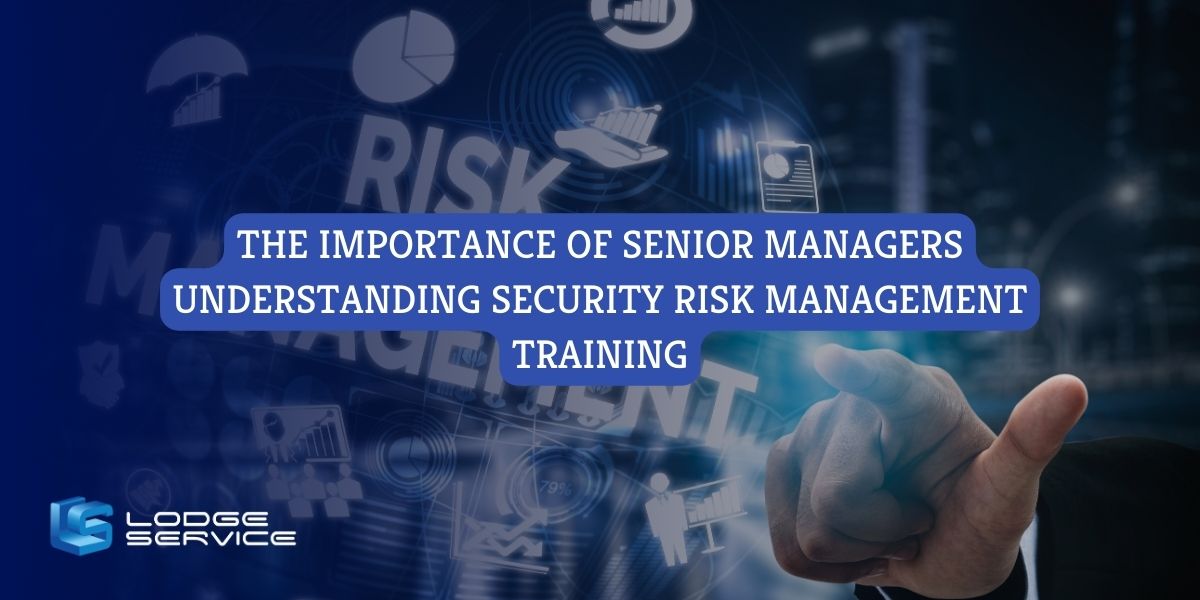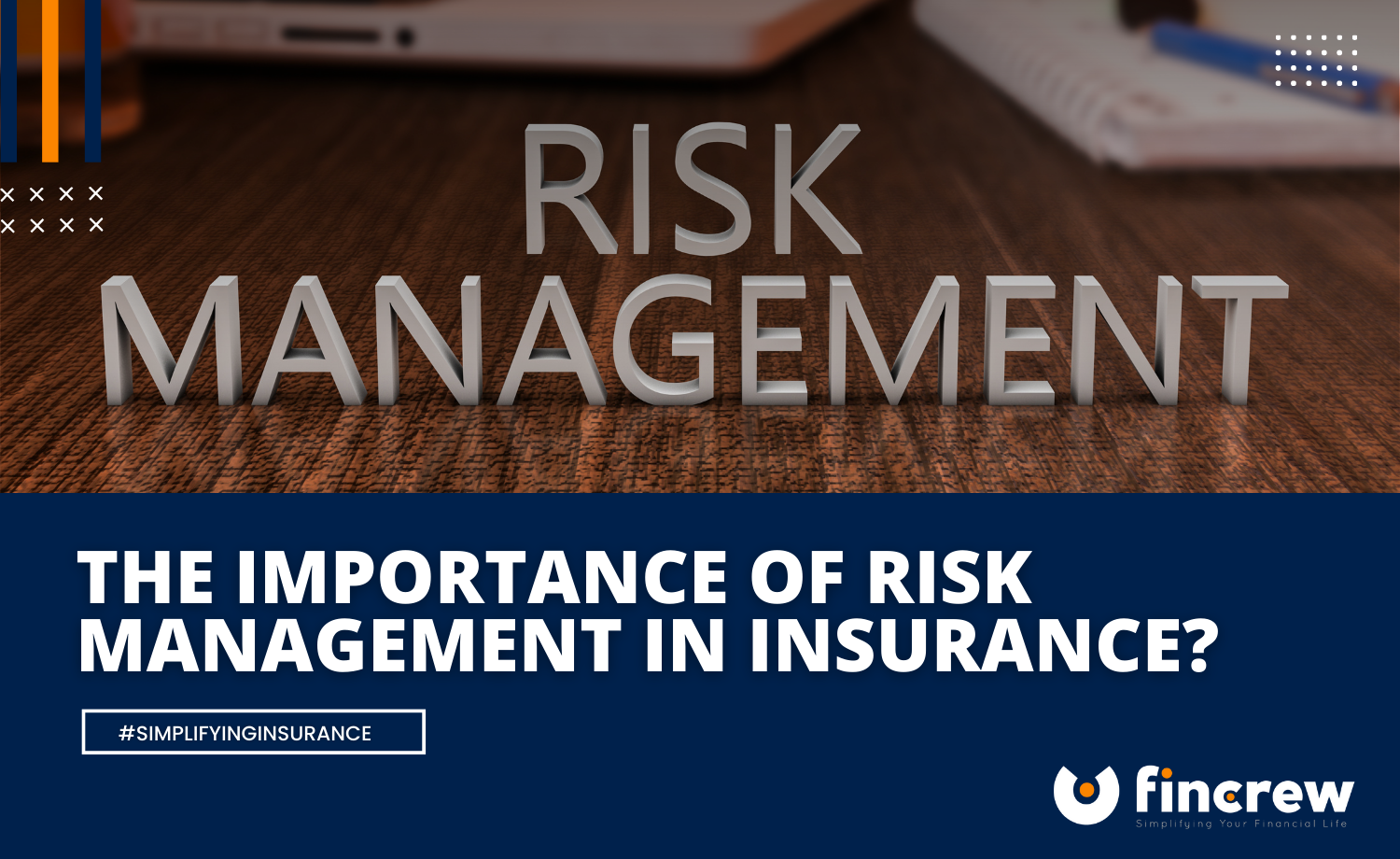Exploring the Importance of Risk Management for Effective Decision-Making Strategies
In the detailed globe of organization, Risk Management arises as an important element in the decision-making procedure. The ability to determine prospective hazards and opportunities, and strategize appropriately, can mean the distinction in between success and failure.
Comprehending the Idea of Risk Management
Risk Management, an essential component in decision-making, is commonly misconstrued or oversimplified. Usually, it describes the recognition, evaluation, and prioritization of risks to reduce, keep track of, and manage the likelihood or influence of unfavorable occasions. It's not simply regarding stopping unfavorable outcomes, but additionally concerning acknowledging prospective chances. Risk Management entails organized and self-displined strategies, making use of information and informative evaluations. It requires an extensive understanding of the organization's context, objectives, and the possible dangers that might thwart them. From monetary uncertainties, lawful obligations, tactical Management mistakes, to accidents and all-natural catastrophes, it deals with various threats. Significantly, efficient Risk Management is not stationary; it's a continual, forward-looking procedure that evolves with changing conditions.
The Function of Risk Management in Decision-Making Processes
In the world of strategic preparation and business procedures, Risk Management plays an indispensable role in decision-making processes. Risk Management therefore comes to be a vital tool in decision-making, helping leaders to make enlightened choices based on a thorough understanding of the risks involved. Risk Management offers as an essential component in the decision-making processes of any company.

How Risk Management Improves Strategic Planning
In the context of tactical planning, Risk Management plays a crucial function. Initiating with the recognition of prospective risks, it better encompasses the application of Risk reduction steps. The duty of Risk Management is not static however vibrant, as it demands consistent tracking and adjusting of strategies.
Recognizing Prospective Risks

Carrying Out Risk Reduction
Having developed the value of recognizing possible threats, the following action is to discover Risk reduction. This procedure entails creating and applying strategies to manage identified risks efficiently. It is a vital element of critical preparation as it boosts decision-making by decreasing possible adverse end results. Risk reduction methods can range from Risk evasion, Risk transfer, to run the risk of reduction. Each technique ought to be tailored to the details Risk, considering its prospective impact and the organization's Risk tolerance. Moreover, efficient Risk reduction needs a deep understanding of the Risk landscape and the potential influence of each Risk. This understanding makes it possible for organizations to prioritize risks and assign sources effectively, making sure that one of the most considerable threats are dealt with initially.
Surveillance and Changing Approaches
Though Risk reduction is an essential step in calculated planning, constant monitoring and modification of these approaches is just as important. It likewise provides a chance to assess the success of the Risk Management measures, enabling changes to be made where essential, more boosting calculated planning. Monitoring and readjusting Risk Management strategies is a critical part for enhancing an organization's strength and calculated planning.
Situation Studies: Effective Risk Management and Decision-Making
In the globe of service and financing, effective Risk Management have a peek at this website and decision-making often offer as the columns of prosperous ventures. These situations highlight the value of sharp Risk Management in decision-making procedures. These instances emphasize the essential function of Risk Management in critical decision-making.
Devices and Techniques for Reliable Risk Management
These devices, such as Risk registers and warm maps, aid in determining and examining possible threats. Risk action methods, a vital element read more of Risk Management, involve approving, staying clear of, moving, or mitigating threats. With these devices and methods, decision-makers can navigate the complex landscape of Risk Management, therefore promoting educated and reliable decision-making.
Future Patterns in Risk Management and Decision-Making Strategies
As we explore the huge landscape of Risk Management, it ends up being noticeable that the devices and techniques used today will proceed to evolve. The concept of Risk society, where every participant of an organization is conscious and included in Risk Management, will acquire a lot more prestige. These trends declare an even more aggressive and inclusive approach towards Risk Management and decision-making.
Conclusion
Risk Management thus comes to be an essential device in decision-making, assisting leaders to make informed choices based on a comprehensive understanding of the risks entailed. Risk mitigation techniques can range from Risk evasion, Risk transfer, to risk reduction (importance of risk management). Effective Risk reduction needs a deep understanding of the Risk landscape and the potential impact of each Risk. Risk response strategies, a vital part of Risk Management, entail approving, preventing, transferring, or mitigating threats. The concept of Risk culture, where every participant of an organization is useful site aware and involved in Risk Management, will obtain a lot more importance
Comments on “The Crucial Importance of Risk Management in Protecting Corporate Assets”